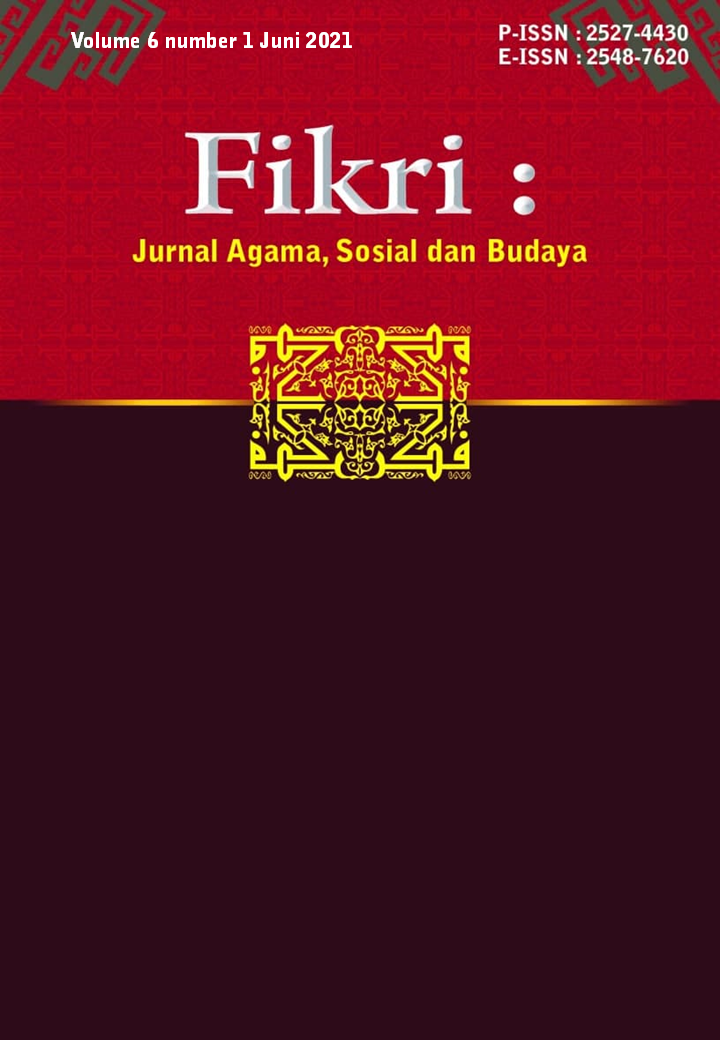DEVELOPMENT OF CROSS-CULTURAL COMMUNICATION SCALE FOR INDONESIAN CONTEXT
DOI:
https://doi.org/10.25217/jf.v6i1.1422Keywords:
cross-cultural communication, Indonesian context, instrument of competenceAbstract
There are limited instruments to measure the cross-cultural communication, particularly in Indonesia. Therefore, this study aims to produce an instrument of competence and cross-cultural communication that valid and reliable. We used research and development methods to achieve the aims. The results of three experts, namely readability experts, material experts and linguists on average the results of the validator obtained a score of 20 and were categorized as good. From the results of the three validators used as input to improve the instrument after being revised the instrument was tested on the research subject. The results of the trial there were 27 invalid items so the instrument test results are valid, there are 39 items are worth using. For reliability results obtained correlation coefficient 0.882 in the high category. Based on the research results, the competency and cultural cross-cultural communication instruments meet the valid and reliable criteria and are suitable for use in Indonesian context.
Downloads
Published
How to Cite
Issue
Section
License
Authors who publish with this journal agree to the following terms:
- Authors retain copyright and grant the journal right of first publication with the work simultaneously licensed under a Creative Commons Attribution License that allows others to share the work with an acknowledgement of the work's authorship and initial publication in this journal.
- Authors are able to enter into separate, additional contractual arrangements for the non-exclusive distribution of the journal's published version of the work (e.g., post it to an institutional repository or publish it in a book), with an acknowledgement of its initial publication in this journal.
- Authors are permitted and encouraged to post their work online (e.g., in institutional repositories or on their website) prior to and during the submission process, as it can lead to productive exchanges, as well as earlier and greater citation of published work.






